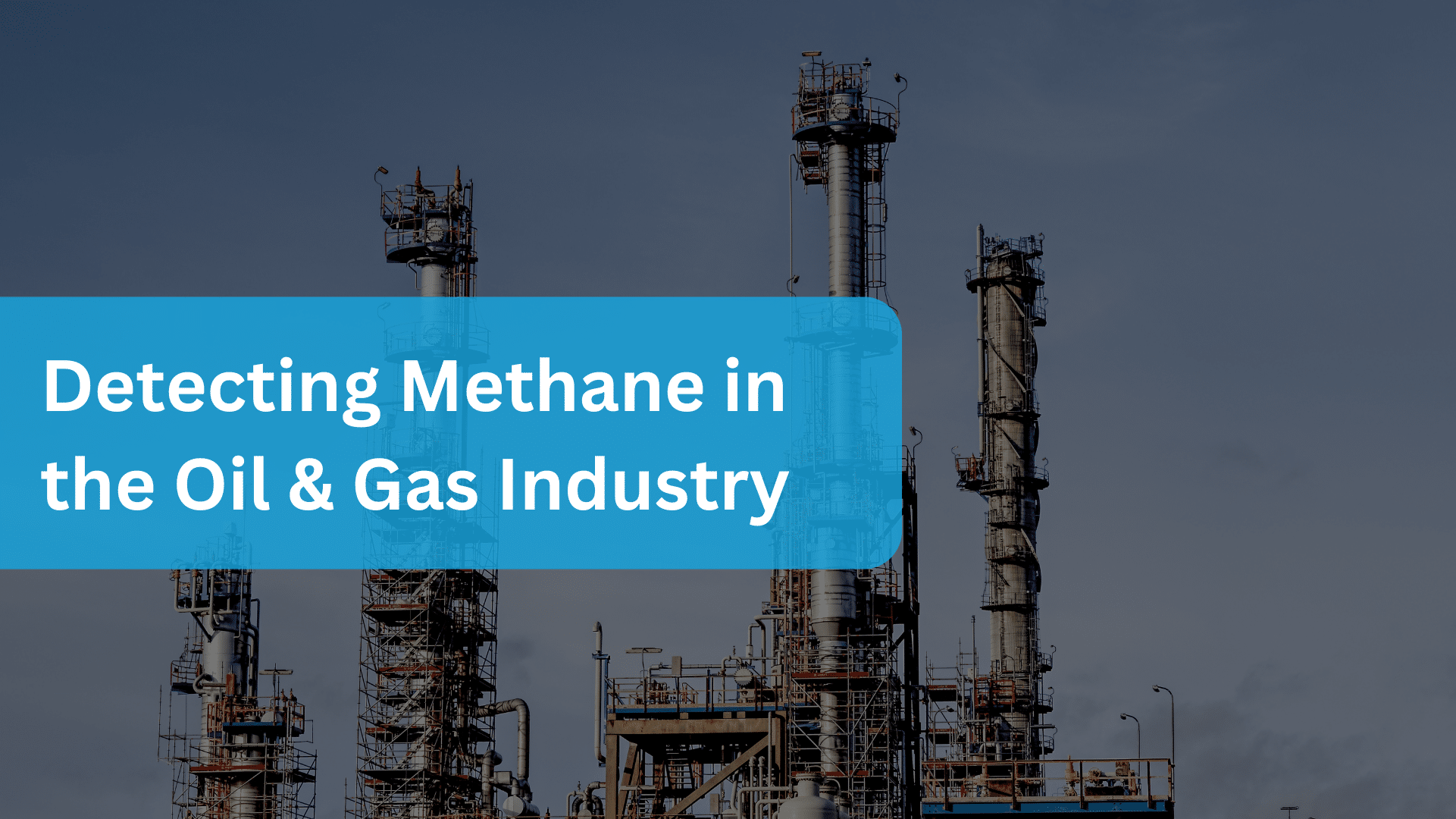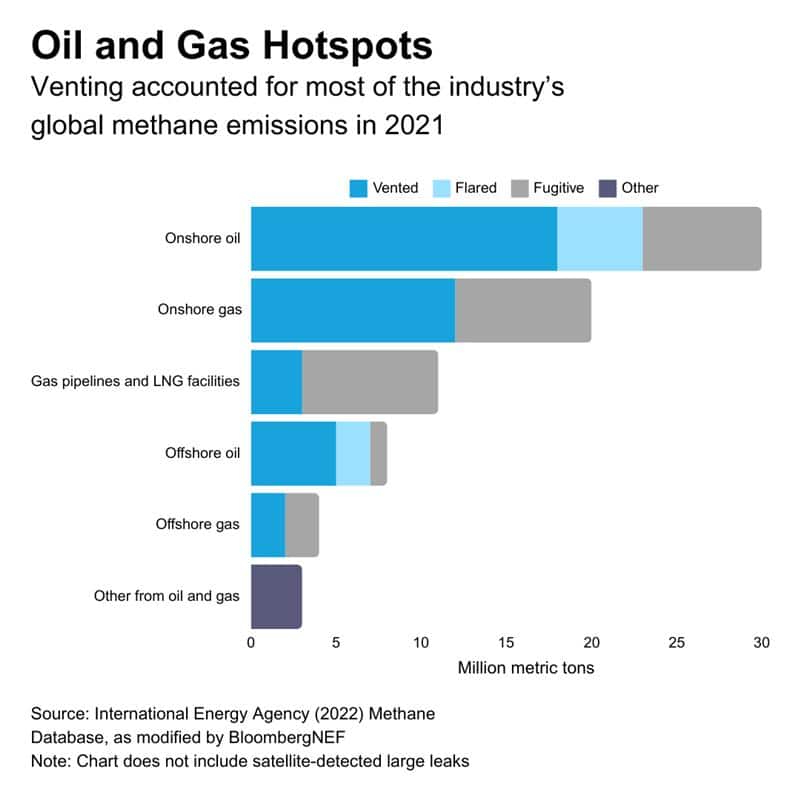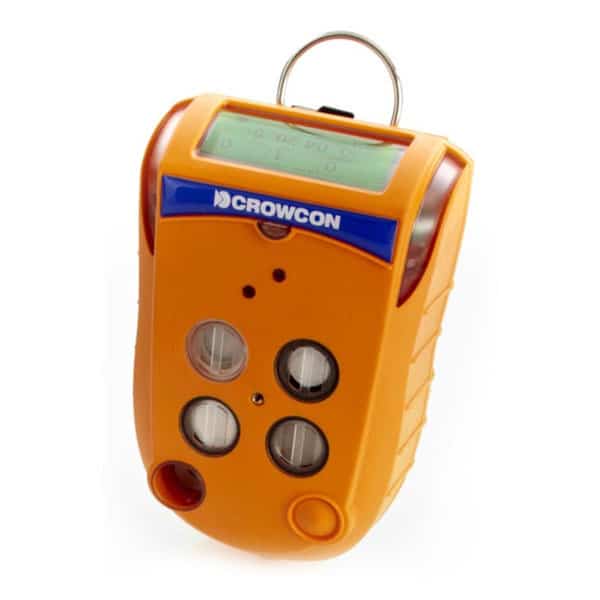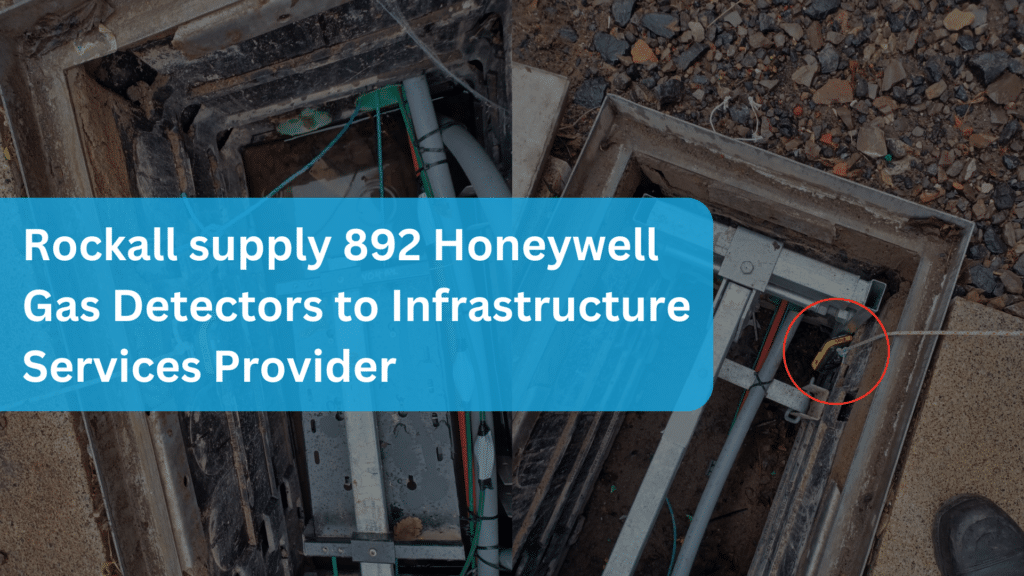
Methane Emissions
Methane emissions are the second largest contributor to global warming. Although methane often receives less attention than carbon dioxide (CO₂), cutting methane emissions is essential to mitigating the most severe impacts of climate change.
The energy sector, including oil, natural gas, coal, and bioenergy, is a major source of methane emissions. However, efforts to curb these emissions have frequently been hampered by a lack of reliable data.
Methane is a highly potent greenhouse gas with significant climate implications. While it remains in the atmosphere for a much shorter period than CO₂, approximately 12 years compared to centuries, it absorbs far more energy during that time.
Methane is found throughout oil and gas operations, both as a valuable product and as a fugitive emission. It is released during extraction at wellheads, from leaks in pipelines, valves, and storage tanks, and during equipment venting or incomplete combustion.
What are the side affects of inhaling?
If you suspect methane poisoning or exposure to hazardous levels of methane, first assess the symptoms. Immediately move the affected person to a well-ventilated area to ensure they receive fresh air. Once they are in a safe location, seek urgent medical attention and notify the relevant authorities to inspect the area for potential gas leaks.
Symptoms include:
- Fainting, fatigue, weakness, or collapse
- Rapid breathing, increased heart rate, or shortness of breath
- Dizziness or increased clumsiness
- Memory loss or unusual emotional changes
- Impaired vision, especially in low-light conditions
- Seizures
- Fatality

Image information from: The Oil and Gas Industry’s Methane Problem in Four Charts | BloombergNEF
Exposure Limits & Guidelines
Unlike many hazardous gases, methane does not have an official Workplace Exposure Limit (WEL) set by organisations such as the Health and Safety Executive (HSE) in the UK or the Occupational Safety and Health Administration (OSHA) in the US. Instead, safety guidelines focus on:
- Lower Explosive Limit (LEL): 5% (50,000 ppm) in air
- Upper Explosive Limit (UEL): 15% (150,000 ppm) in air
- Oxygen Displacement Risk: Concentrations exceeding 10,000 ppm (1%) can reduce available oxygen levels, posing asphyxiation hazards in confined spaces
Safe Work Practices
- Maintain methane levels well below 10% of the LEL (5,000 ppm) as a precautionary measure.
- Use gas detection systems in areas where methane may accumulate, such as confined spaces, mines, and industrial sites.
- Ensure proper ventilation to prevent gas buildup.
Products to detect Methane
Crowcon Gas-Pro PID Detector
By detecting CO, H2S, O2, CO2 and CH4, its highly functional one-button design can accommodate a great range of applications. Additionally, it holds a charge of up to 14 hours thanks to its dependable lithium-ion battery. Its high performance makes this model one of the most reliable handheld VOC monitors on the market.
Gas-Pro PID gives you complete flexibility with a wide range of gas types. With an optional pump, the Gas-Pro PID is the perfect product addressing the requirements of a wide range of applications.
Click here for more info.


Crowcon Xgard Bright
Crowcon presents the Xgard Bright Fixed System, a cutting-edge solution that has been designed to fortify workplace safety in unsafe areas.This Fixed System represents extensive research, engineering prowess, and design excellence.
Engineered to detect carbon monoxide, hydrogen sulphide, and flammable gases including Methane. This system ensures both rapid detection and response to possible threats.
Click here for more info.





